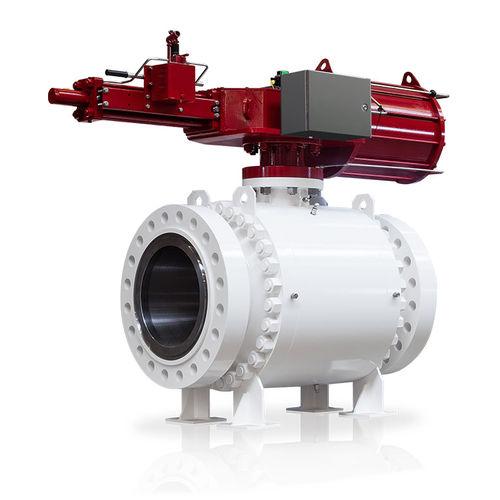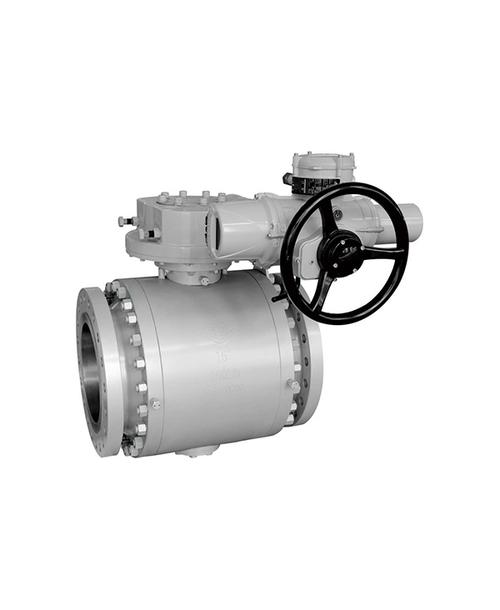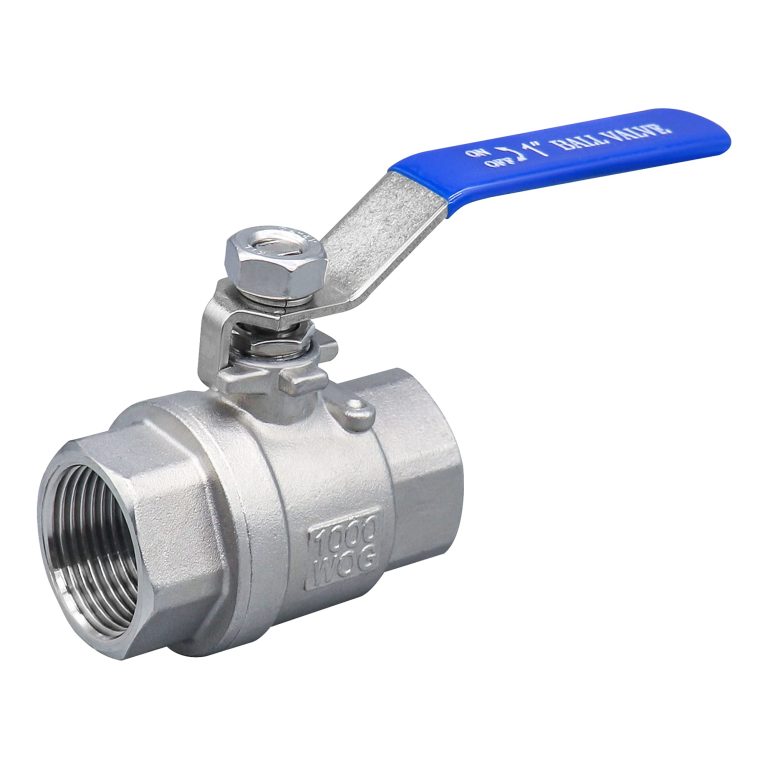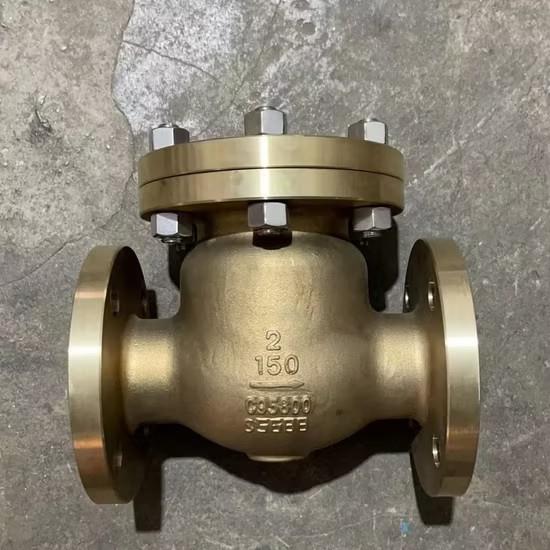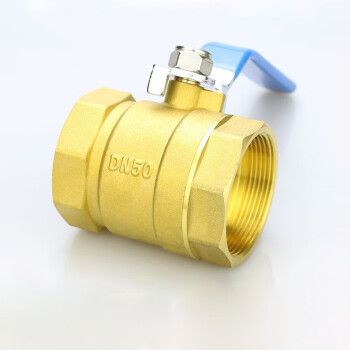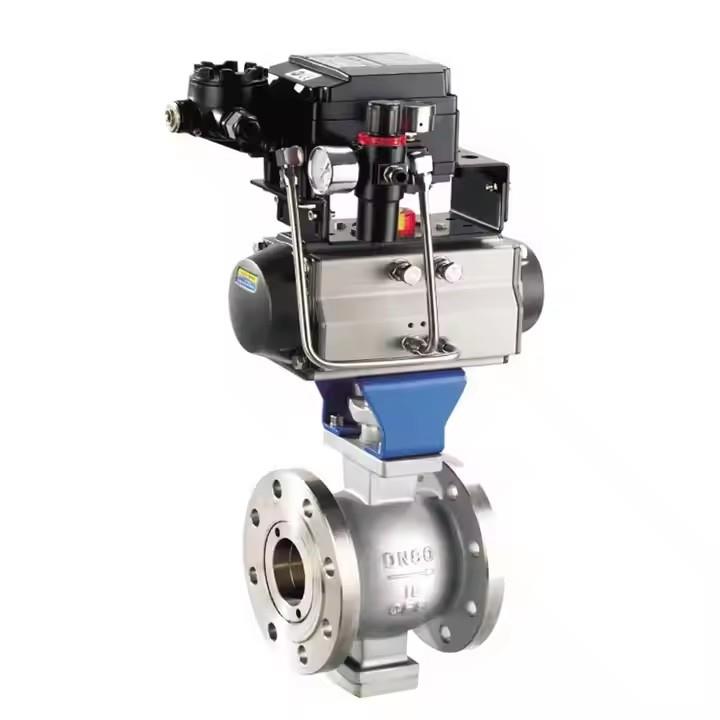1 1/2 inch brass ball valve

A 1 1/2 inch brass ball valve means that the nominal diameter of the brass ball valve is DN40. Common diameters of brass ball valves include 1/4 inch, 1/2 inch, 3/4 inch and1 inch, etc.
Brass is mainly an alloy composed of copper and zinc. Brass ball valves are widely used for cutting off, distributing, and changing the flow direction of media as water and gas. .
These valves are corrosion-resistant. They can be used in acidic and alkaline environments without being prone to rust.
Technical Specifications
Minimum Order Quantity: 200 PCS
| Media | Water, Air |
| Size | 1 1/2 INCH |
| Valve Size | 1 1/2 INCH |
| Pressure | Low Pressure, Medium Pressure, High Pressure |
| Temperature of Media | Medium Temperature, High Temperature, Normal Temperature, Low Temperature |
| Port Size | 40 mm |
| Condition | New |
| Model | ZF-104 |
| Packaging Type | 200 PCS IN ONE CARTON |
| Bore Type | FULL BORE |
| Handle Material | Ms |
| Handle Cover | Plastic Coating |
| Finishing Type | Brass Chrome Plated |
| Fire Safe | Yes |
| Material | Brass |
| Body Type | Brass |
| Application | Water, Gas, Oil |
| Color | Silver |
| Branded | Branded |
| Rated Pressure Bar | 10~25 Bars, 1000WOG |
| Stem Seal | PTFE |
| Thread | BSP |
| Working temperature | -10 to 100 deg C |
| Thread size | 1 1/2 INCH |
The data is for reference only, please consult sales@wayvalve.com for details.
Main features of 1 1 2 ball valve.
- Adjustable stem packing gland provides longer service life.
- Bottom loaded blowout proof stem.
- PTFE stem packing seal and seats.
- Machined chrome-plated brass ball.
1 1 2 Brass Ball Valves are usually applied in:
- Water supply and drainage systems: they are used to control the on-off and regulation of water flow.
- Gas systems: in gas pipelines, they control the flow of gas.
- HVAC systems: in heating, ventilation, and air-conditioning systems, they are used to control the flow of cold and hot water as well as gas.
- Industrial pipeline systems: in various industrial pipelines, they are used to cut off, distribute, and change the flow direction of the medium.
PEOPLE ALSO ASK
Which valve is better, bronze or brass?
It depends. Bronze is stronger and more corrosion-resistant, suitable for harsh environments. Brass is more ductile and has good thermal and electrical conductivity, often used in decorative and some plumbing applications. So, there’s no definitive answer as to which is better; it depends on the specific requirements of the application.
What is the pressure rating of a 1 1/2 inch brass ball valve?
The pressure rating of a 1 1/2 inch brass ball valve typically ranges from 1000 to 2000 PSI (pounds per square inch), but it can vary based on factors like:
Design Standard:
ANSI/ASME B16.34: Common for industrial valves, rated up to 1500 PSI.
Domestic/Commercial: May be lower (e.g., 600–1000 PSI for plumbing applications).
End Connection:
Threaded (NPT) valves often handle 1000–1500 PSI.
Flanged or welded versions may support higher pressures.
Temperature: Higher temperatures reduce pressure capacity (e.g., 200°F may derate a 1500 PSI valve to 1200 PSI).
Always check the manufacturer’s specifications for exact ratings, as variations exist between brands and models. For critical applications, consult engineering standards or a valve specialist.
INQUIRY

